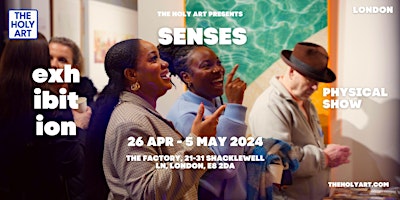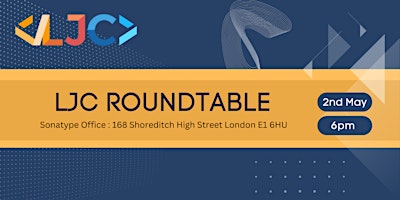You must login before you can post a comment.
- 🎉
Book Launch of Robotic Vision and Virtual Interfacings: Seeing, Sensing, Shaping
Performing & Visual Arts
Book Launch of Robotic Vision and Virtual Interfacings: Seeing, Sensing, Shaping
Join us to celebrate the launch of Robotic Vision and Virtual Interfacings: Seeing, Sensing, Shaping, edited by Luci Eldridge and Nina Trivedi, published by Edinburgh University Press.
The evening will include a presentation from Meg Rahaim on her chapter ‘Discrete Accidents of Photogrammetry: Re-presenting Pure Surface in Google Earth’; the interactive virtual reality experience Sentient Flux created by artists Nicola Plant and Alexandra Adderley, which is the focus of Plant’s chapter ‘Embodiment and the Perception of Nonhuman Sentience in Virtual Reality Interactive Art’; demonstrations by Ian Dawson and Paul Reilly of the Reflective Transformation Imaging technology discussed in their chapter ‘Metalithic Postcards in the Pandemic’; and artworks by Kate Fahey from her chapter ‘Blinking Eyes: The Embodied Registers of Military Drone Camera Footage on YouTube’.
Information on the book:
How do past and present technologies affect how we perceive the world and see things? As the symbiotic relationship between human and machine unfolds, robotic vision facilitates a reshaping and reconstitution of our perception of the world. This edited collection explores ways in which this is taking place and the implications for these new ways of seeing ethically, politically, culturally and socially from an art and design perspective and through a critical theoretical lens.
The book addresses the threats posed by mediated forms of seeing and processing as well as the potential for robotic visions to help reframe our human perspective and experience of the world. It offers a multidisciplinary approach including contributions written from art historical, design history and critical image theory perspectives through sociological insights. It includes several case studies including the use of social robots, robotic vision within virtual reality programmes, head-mounted displays and mapping tools such as Google Earth. And it contributes to scholarship on robotics, artificial intelligence and virtual reality technologies from arts, media theory, and science and technology studies perspectives.









